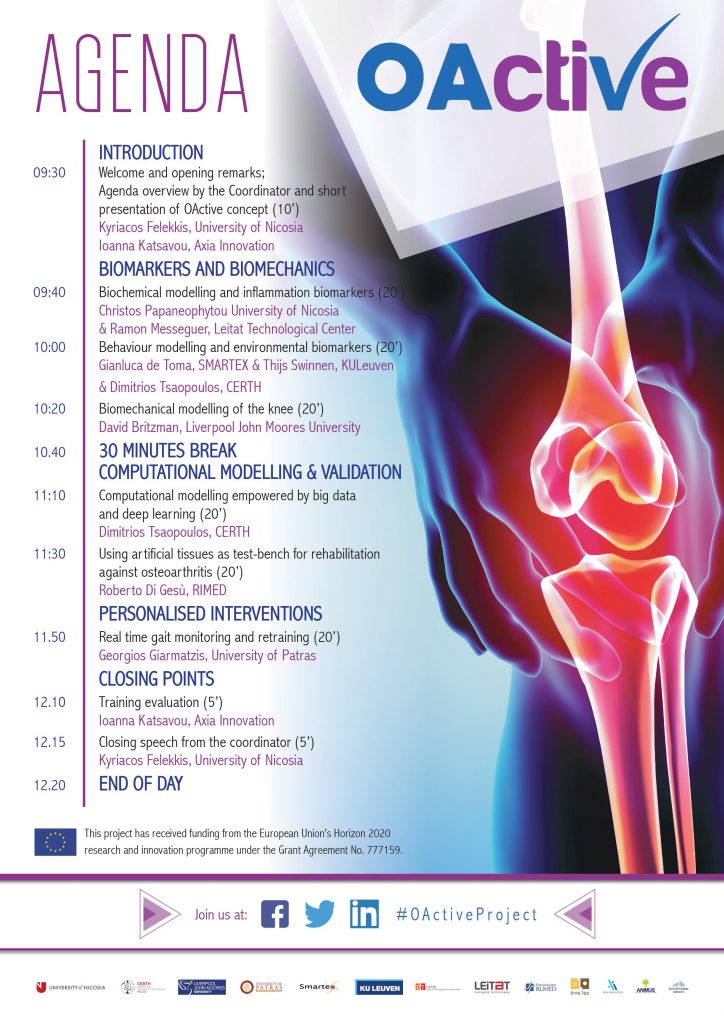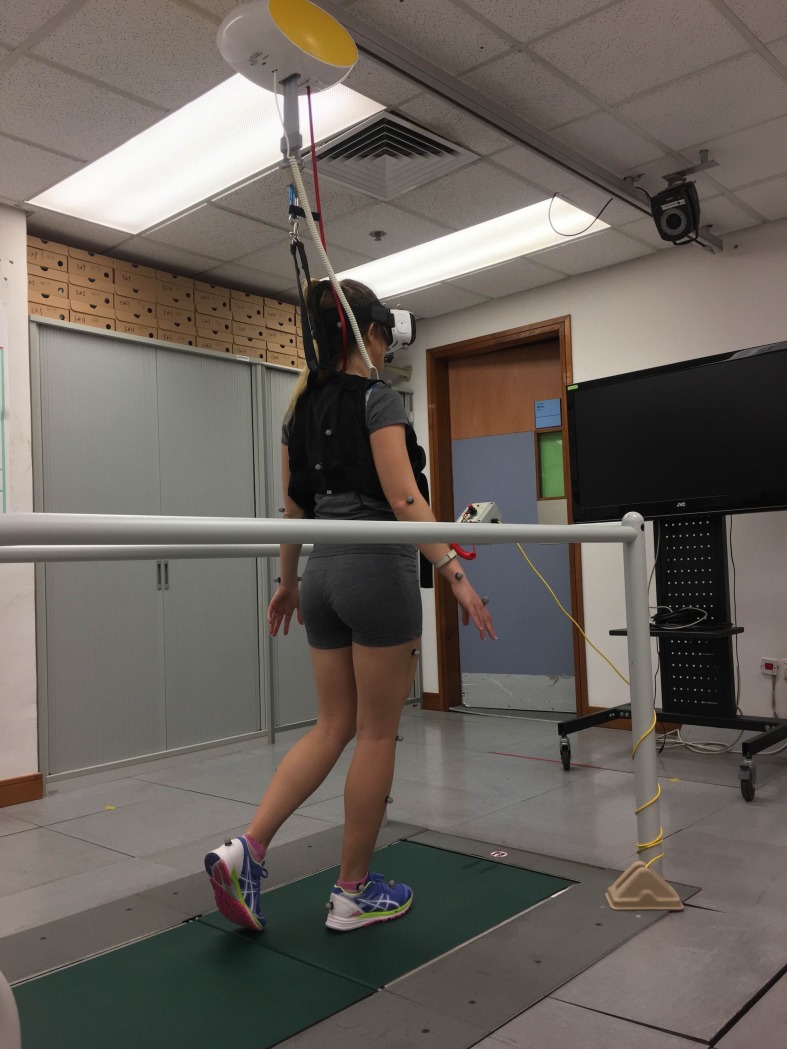Cartilage matrix is a composite of discrete, but interacting suprastructures, i.e. cartilage fibers with microfibrillar or network-like aggregates and penetrating extrafibrillar proteoglycan matrix. The biomechanical function of the proteoglycan matrix and the collagen fibers are to absorb compressive and tensional loads, respectively. Here, we are focusing on the suprastructural organization of collagen fibrils and the degradation process of their hierarchical organized fiber architecture studied at high resolution at the authentic location within cartilage. We present electron micrographs of the collagenous cores of such fibers obtained by an improved protocol for scanning electron microscopy (SEM). Articular cartilages are permeated by small prototypic fibrils with a homogeneous diameter of 18 ± 5 nm that can align in their D-periodic pattern and merge into larger fibers by lateral association. Interestingly, these fibers have tissue-specific organizations in cartilage. They are twisted ropes in superficial regions of knee joints or assemble into parallel aligned cable-like structures in deeper regions of knee joint- or throughout hip joints articular cartilage. These novel observations contribute to an improved understanding of collagen fiber biogenesis, function, and homeostasis in hyaline cartilage.













